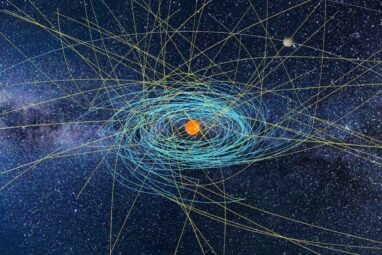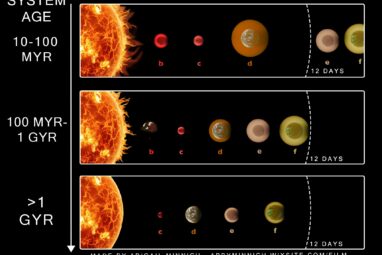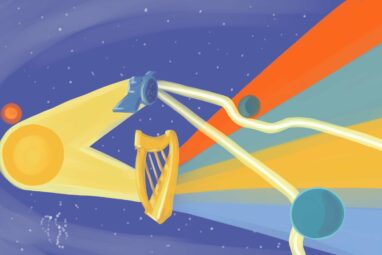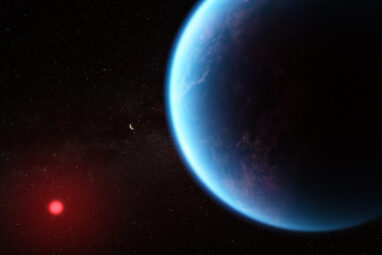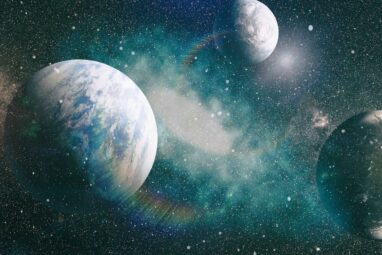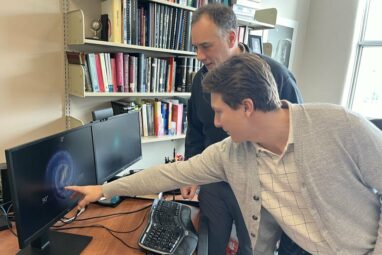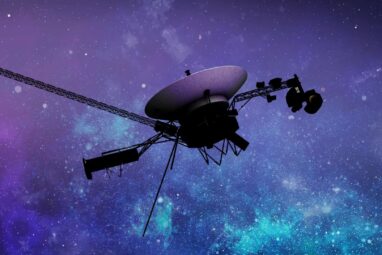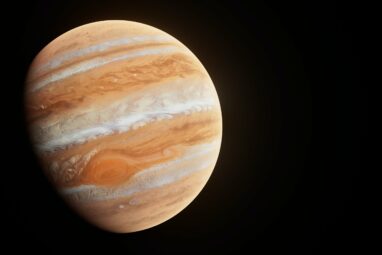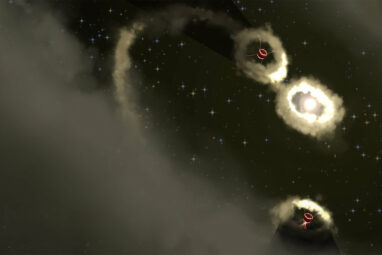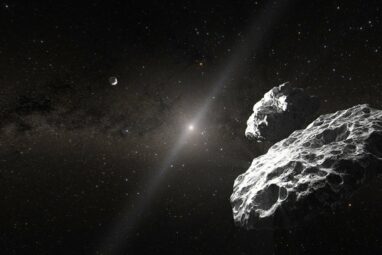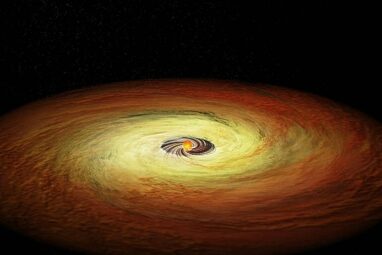Interstellar objects are among the last unexplored classes of solar system objects, holding tantalizing information about primitive materials from exoplanetary...
A combination of cosmic processes shapes the formation of one of the most common types of planets outside of our...
Powering spacecraft with solar energy may not seem like a challenge, given how intense the Sun’s light can feel on...
Astrophysicists have once again enriched our knowledge of the cosmos with a new discovery: two small planets orbiting TOI-1453. Located...
Scientists have identified a promising new way to detect life on faraway planets, hinging on worlds that look nothing like...
A new study by Rice University researchers Sho Shibata and Andre Izidoro presents a compelling new model for the formation...
Interstellar material has been discovered in our solar system, but researchers continue to hunt for where it came from and...
Mission engineers at NASA’s Jet Propulsion Laboratory in Southern California turned off the cosmic ray subsystem experiment aboard Voyager 1...
A fresh look at past data reveals that exoplanets with masses similar to Jupiter formed much sooner than previously thought,...
With a sun more than 4.5 billion years old, our solar system is considered “middle-aged,” and the pictures of what...
The puzzle of predicting how three gravitationally bound bodies move in space has challenged mathematicians for centuries, and has most...
If there were such a thing as a photo album of the universe, it might include snapshots of pancake-like disks...
